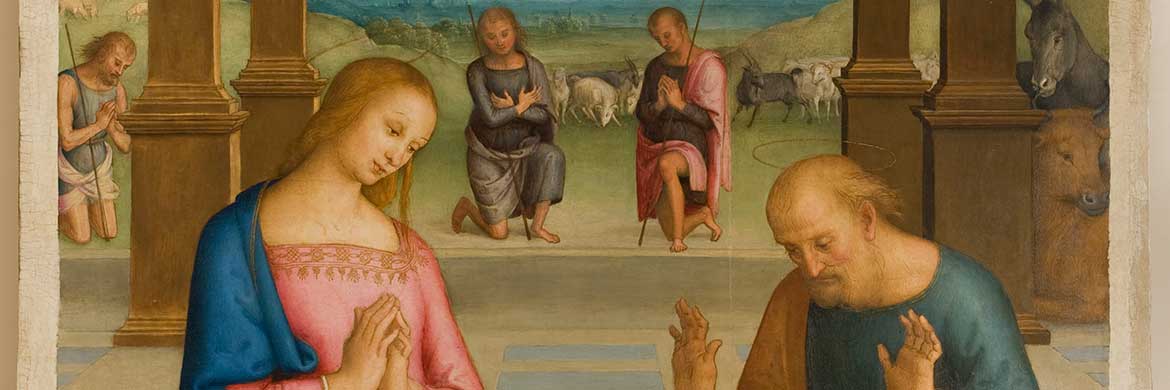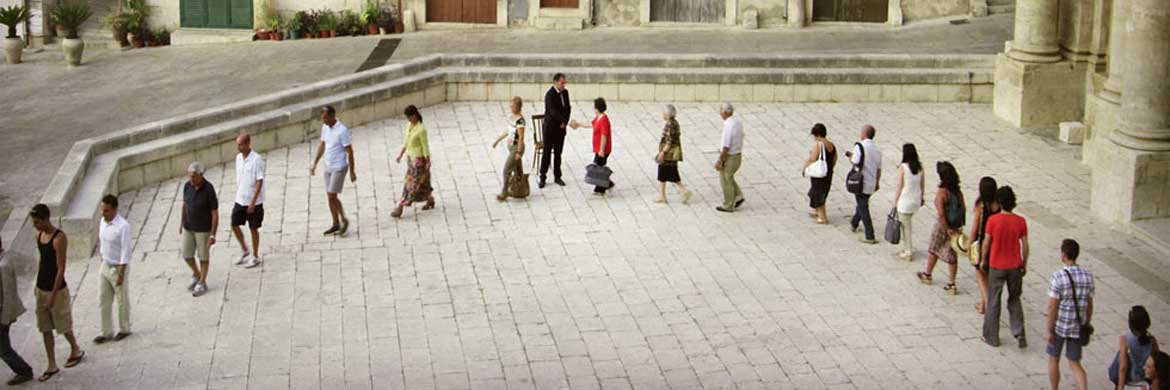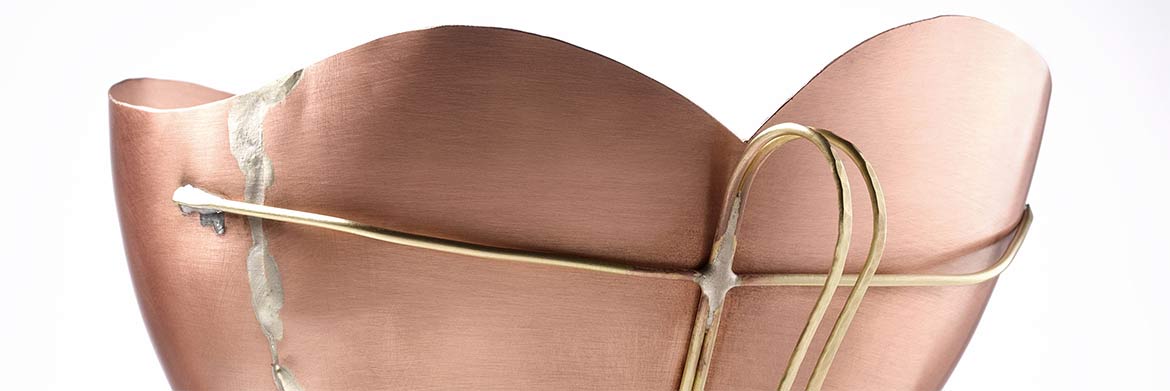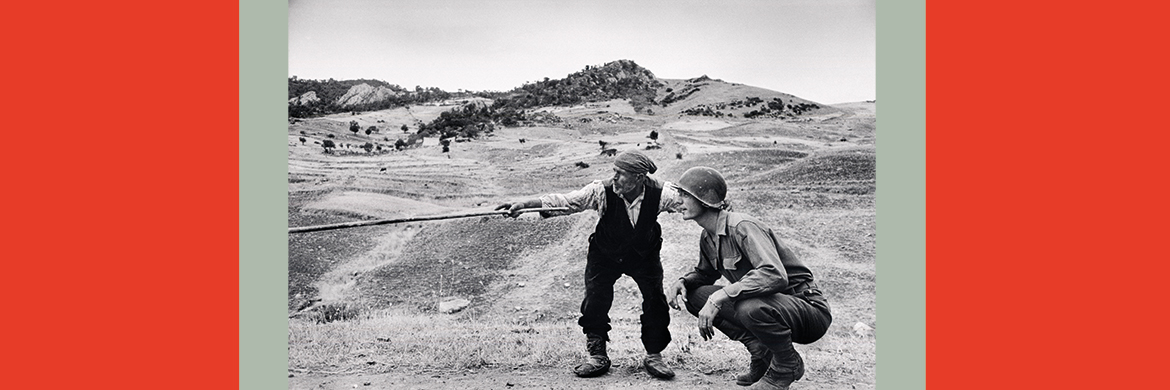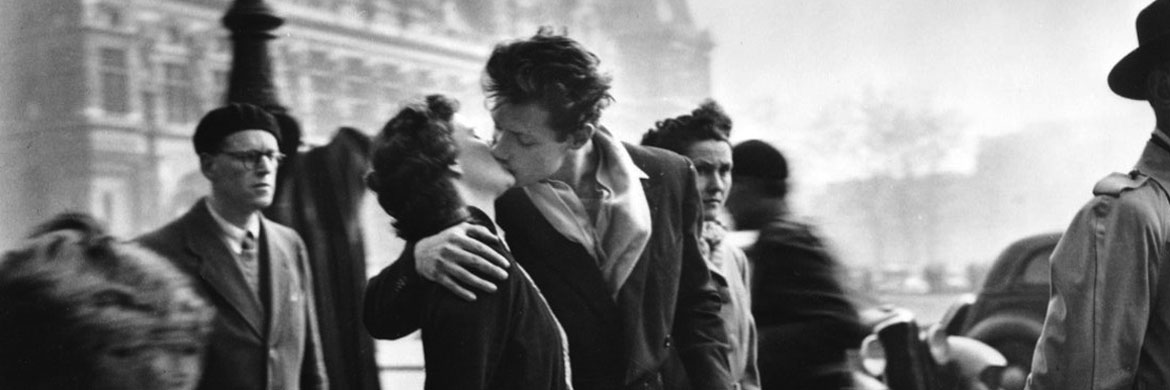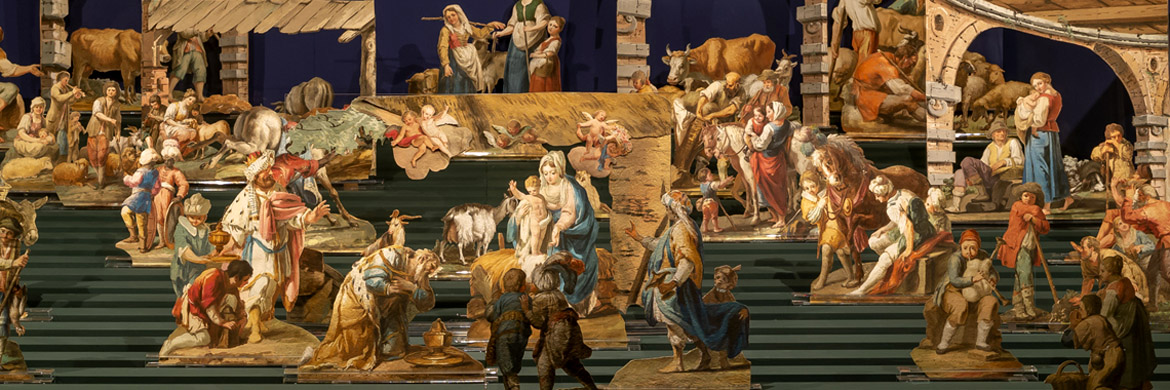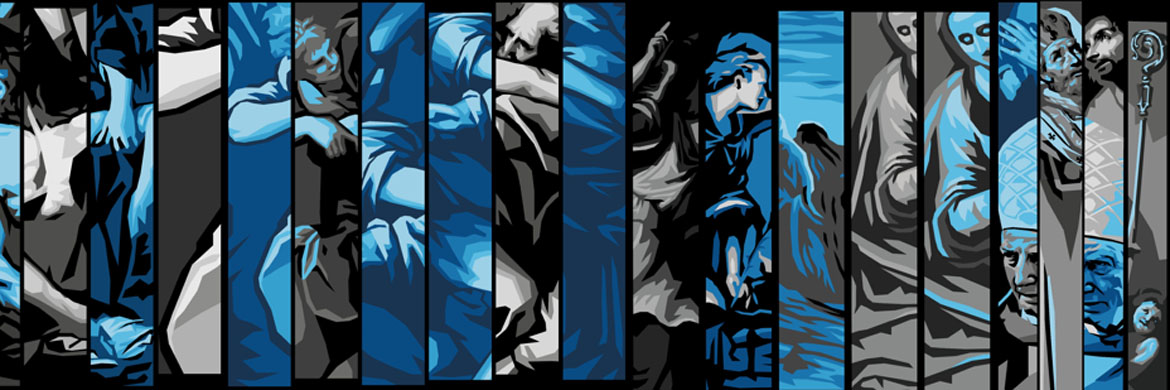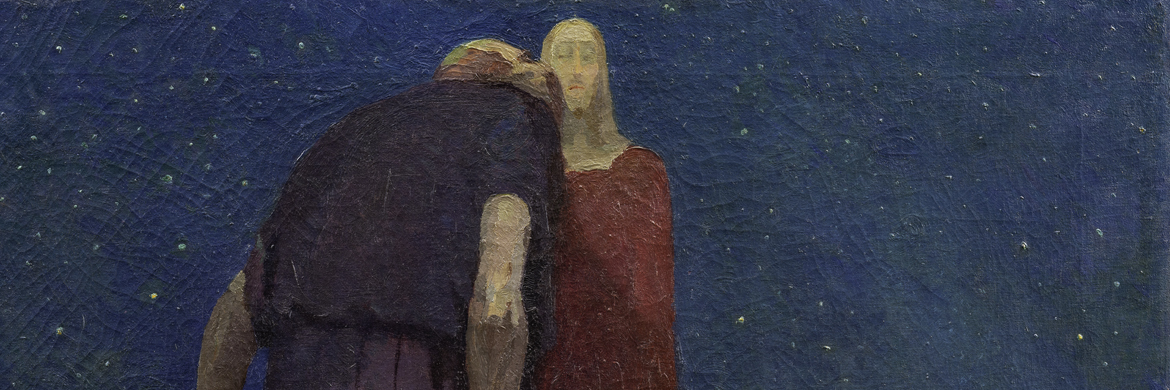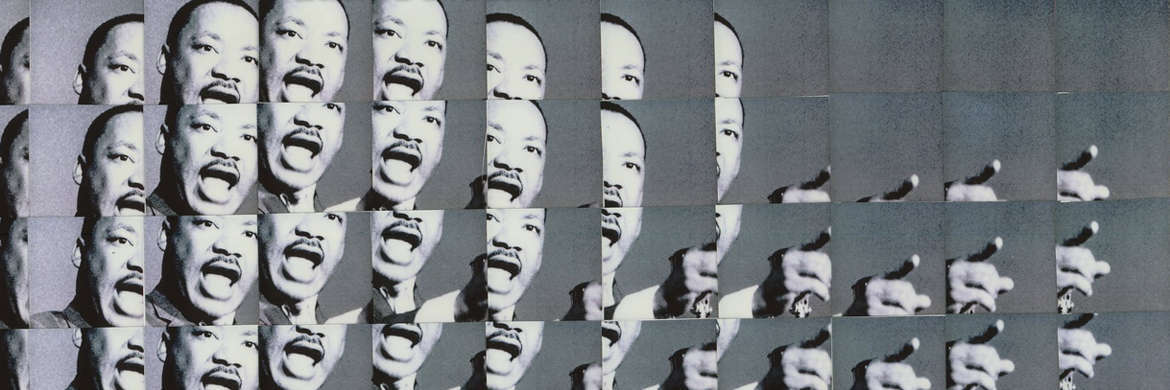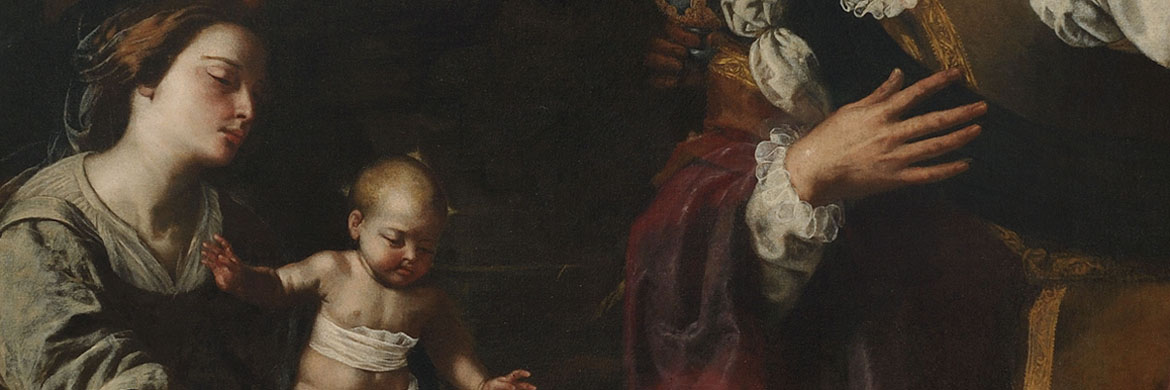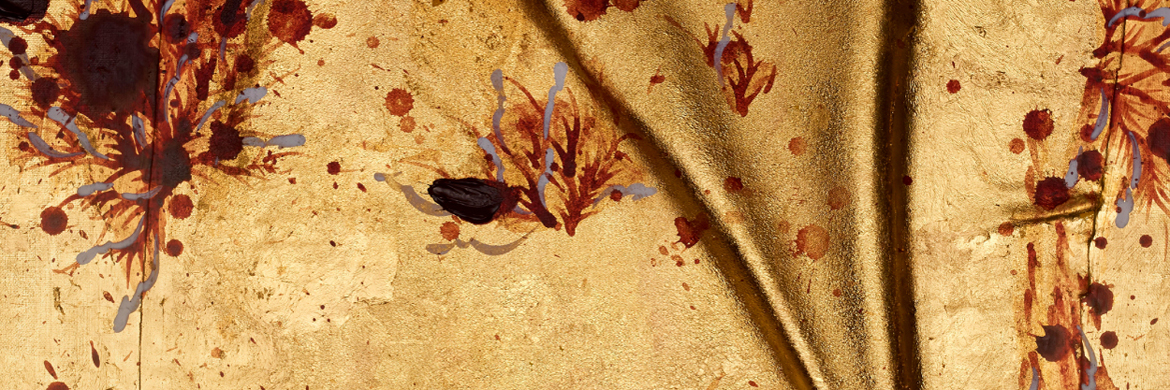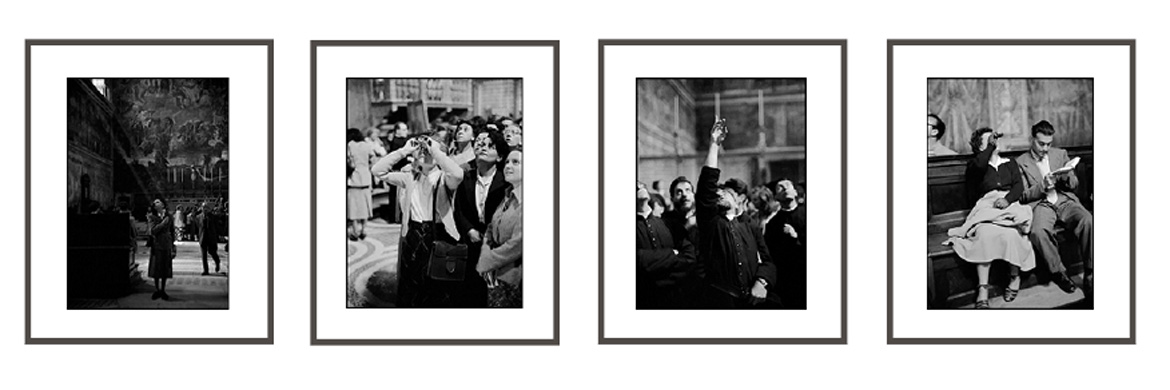The Adoration of the Magi, by Sandro Botticelli (Florence 1445-1510) was painted around 1475 for the chapel dedicated to the Magi in the Florentine church of Santa Maria Novella. The chapel was commissioned in 1469 by Gaspare di Zanobi del Lama, a rich and ambitious businessman with ties to the guild of bankers and money changers.
The theme was chosen both because the patron shared his name with one of the Kings, known as Caspar in English, and as a homage to the Medici, strong supporters of the Confraternity of the Magi, particularly devoted to the Three Kings. The artist’s interpretation of the theme is very original – a balanced composition with the Nativity barn at the centre and several figures complexly arranged at various depths, in a variety of poses and attitudes.
Under the rays of light that emanate from the Star of Bethlehem, in a barn that is actually made of rocks and a dilapidated wall and covered by a thatched roof, the Virgin Mary is depicted on a high base at the centre of the scene together with the Child, while Saint Joseph is standing behind them, looking deep in thought. The extraordinary procession of the Magi and their retinue is particularly impressive and features the most prominent figures of the Florentine society of the time, including members of the Medici family, showcasing the patron’s desire to emphasise his loyalty to them.
The colour palette is bright: the reds, oranges and blues especially stand out. The artist also pays great attention to precious details, such as the gifts, the refined robes of the characters and the glimpses of landscape in the background, scattered with the ruins of an ancient building – a pretext for showing off perspective, but also a reference to the birth of Jesus putting an end to the pagan world. An elegant peacock sits on the ruined wall, symbolising the Resurrection.
These and other symbolic details underline the sacredness of the scene, which is emphasised by placing the Holy Family in an elevated position. It is no coincidence that the focus of the composition is the elderly king kneeling down to acknowledge the divinity of the Child, offered by the Virgin Mary as a precious gift.


